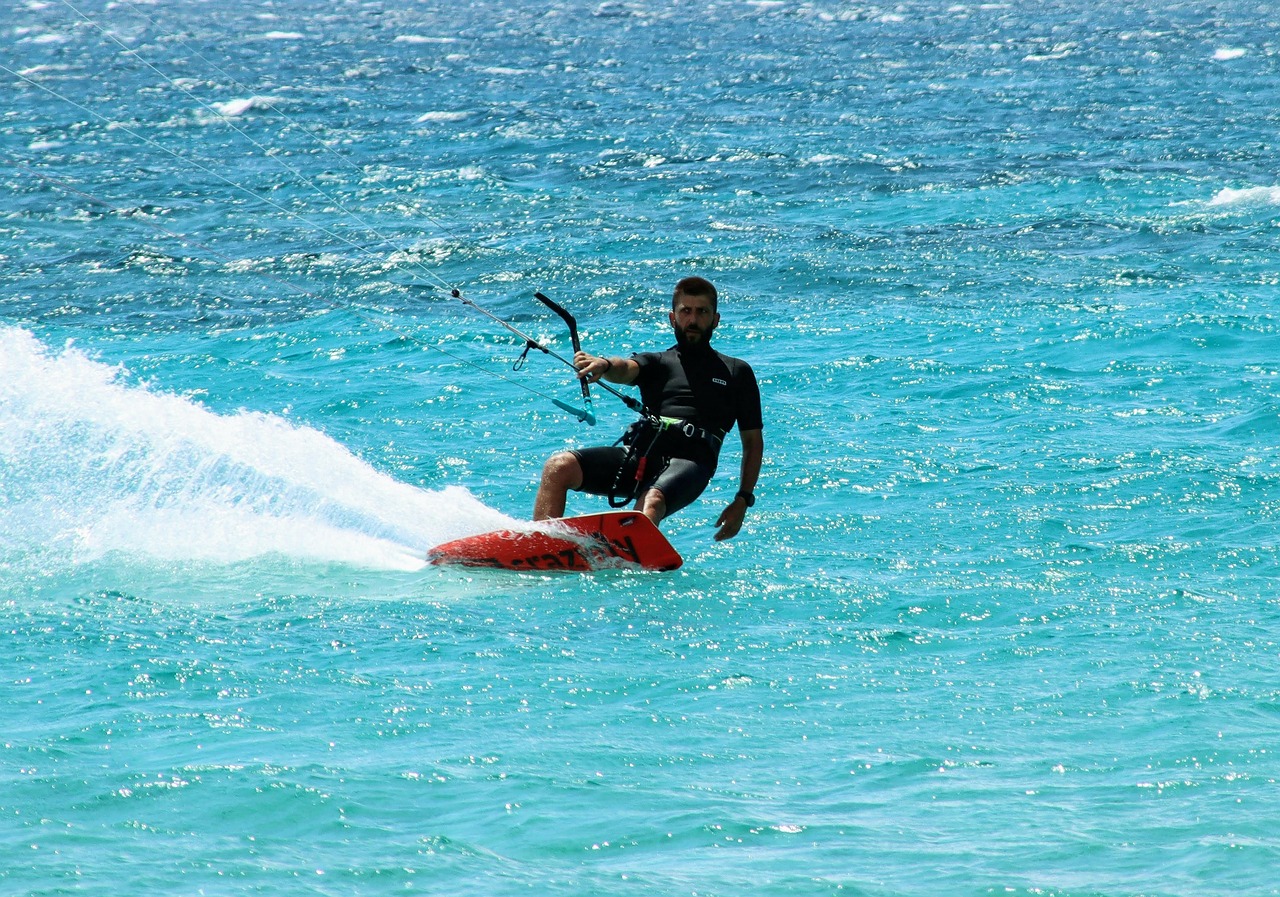Are impact vests designed to keep you afloat? It’s a common question, especially among water sports enthusiasts. Whether you’re into wakeboarding, jet skiing, or surfing, understanding the purpose of an impact vest is crucial. This article will cover what impact vests do, their limitations, and whether they are a substitute for life jackets. We’ll also share important tips for staying safe on the water.
Do Impact Vests Keep You Afloat?
No, impact vests do not provide enough buoyancy to keep you afloat like a life jacket.
While impact vests offer some flotation due to their foam padding, they are not designed for life-saving buoyancy. Instead, they focus on impact protection, absorbing shocks and reducing the risk of injury during high-speed water sports.
Impact vests are ideal for activities where falls and collisions are common, such as wakeboarding, water skiing, and kite surfing. However, if you need guaranteed flotation in emergencies—especially if you’re knocked unconscious—a USCG-approved life jacket is a safer choice.
Can You Rely on Impact Vests for Safety?
Impact vests are not certified by the Coast Guard as life-saving devices. They lack the required buoyancy to keep a person afloat, especially in challenging situations like strong currents or unconsciousness. Despite their comfort and sleek design, impact vests should never replace life jackets in scenarios where drowning is a risk.
Key Features Comparison: Impact Vests vs. Life Jackets
| Feature | Impact Vest | Life Jacket |
| Buoyancy Level | Minimal | High (designed to keep you afloat) |
| Primary Function | Impact protection | Flotation and drowning prevention |
| USCG Approved | No | Yes |
| Best Use | Water sports like wakeboarding | Boating and open-water swimming |
When Should You Use an Impact Vest?
Impact vests are designed for high-impact water sports where protection from falls is more important than flotation. These include:
- Wakeboarding – Reduces injury risk from hard landings.
- Kite Surfing – Shields your chest during crashes.
- Jet Skiing – Protects against falls at high speeds.
- Water Skiing – Absorbs impact energy from sudden falls.
For these activities, wearing an impact vest along with a Coast Guard-approved life jacket can enhance safety.
Are Impact Vests Safe for Wakeboarding?
Many wakeboarders prefer impact vests because of their flexibility and lightweight design. However, experienced athletes, especially those with low body fat, may be at higher risk of sinking if knocked unconscious.
Real-Life Incident – A Wakeboarding Tragedy
One wakeboarder learned this lesson the hard way. Despite being fit and experienced, he trusted an unapproved comp vest. After a face-planting accident, he did not resurface. The Coast Guard later recovered his body, and the incident highlights the dangers of assuming impact vests are flotation devices.
Safety Tips for Wakeboarding:
- Use a USCG-approved life jacket for flotation.
- Wear an impact vest only for added protection.
- Stay in areas with lifeguard supervision or a buddy system.
Can You Use an Impact Vest Instead of a Life Jacket?
Impact vests are often misunderstood as life-saving flotation devices. While they offer comfort and protection, they lack the buoyancy required to prevent drowning. A certified life jacket is essential for all water activities, especially if you’re venturing into deep or rough waters.
Choosing the Right Safety Gear:
- Impact Vest: Use for impact protection during sports.
- Life Jacket: Wear for flotation and drowning prevention.
- Hybrid Options: Some life jackets include impact padding for added protection.
Conclusion
Impact vests are excellent for protecting against impacts during water sports, but they are not designed to save lives. They provide limited buoyancy and are not Coast Guard-approved. If you’re participating in activities where flotation is critical, always wear a USCG-approved life jacket along with your impact vest.
Don’t take risks with water safety. Equip yourself with the right gear and stay prepared for any situation. For more water safety tips and equipment recommendations, explore resources like the Red Cross water safety page. Stay safe and enjoy your time on the water!
